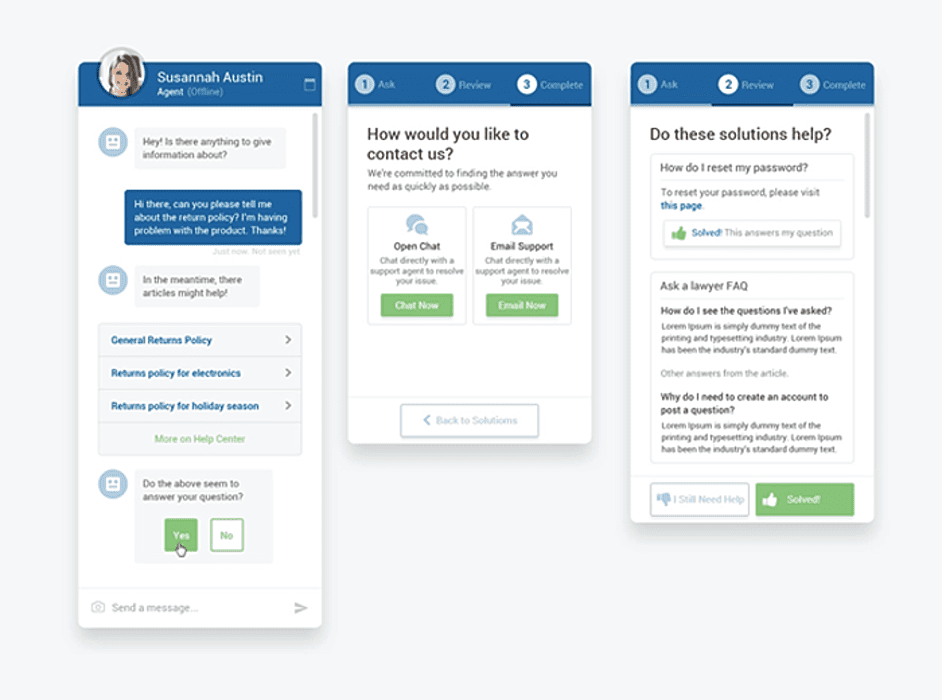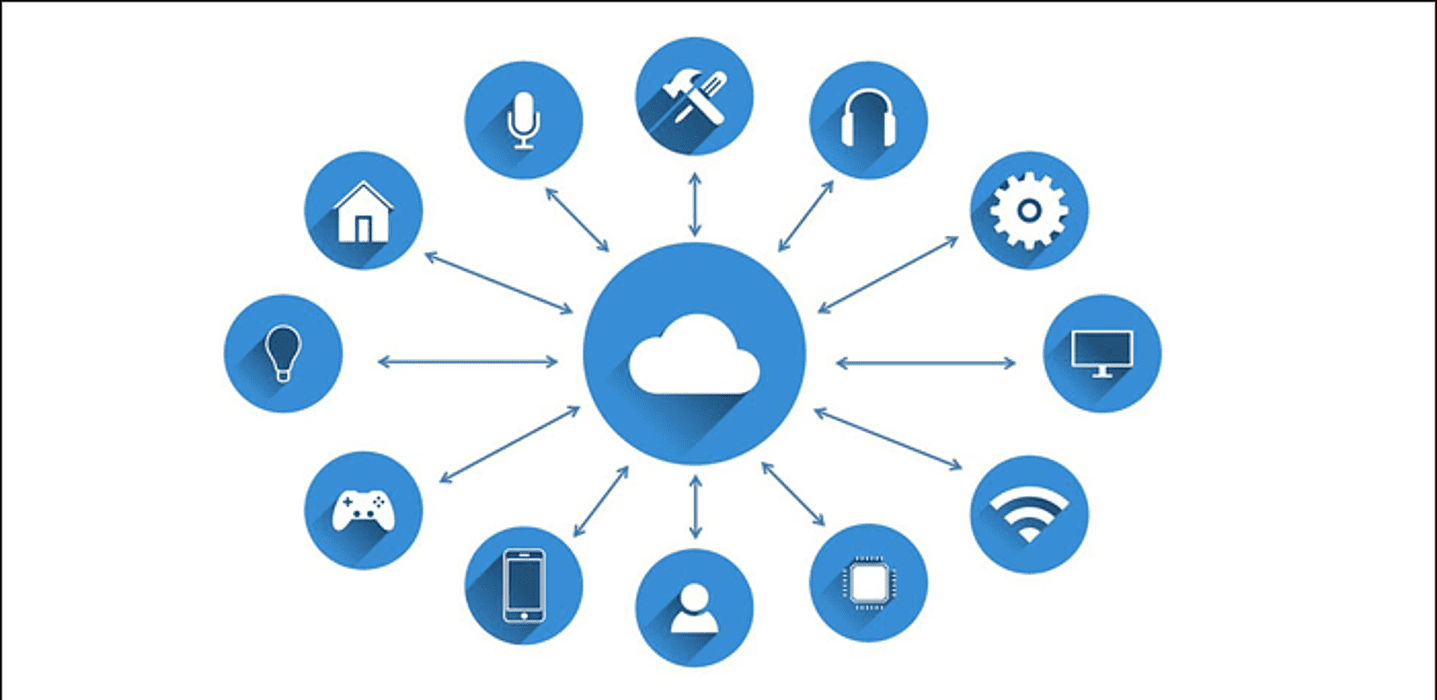
Customer engagement has always been a talking point for companies and customers around the globe. It is a matter of trust and emotion for both brands and customers. What makes customer engagement compelling is that it is achieved with proper interaction.
Let’s understand it in this way- a customer who is satisfied with the engagement would buy and promote the product more. What is vital in this case is the customer experience. Today we have Chatbots powered by Artificial Intelligence (AI) and marketing softwares that are conversational. These softwares are highly effective in enhancing customer experience as the queries of customers are answered within a couple of minutes.
Now in contrast to this, an unsatisfactory experience may hamper customer engagement if tech is not used in the right way. So we know why customer engagement is such a huge talking point. Firstly, let’s understand what customer engagement is.
What is Customer Engagement?
Customer engagement represents the interactions that take place between a brand and a customer - from opening a newsletter to talking to customer support. All of these micro-interactions shape the kind of relationship a customer has with a brand.
So, let's deep-dive into the 6 key tech customer engagement trends shaping in 2020.
1. If Customers are Omnichannel, So Should be Your Business
Regardless of where your customers reside, one thing is for certain, you need to reach them. For any brand, such as customer engagement ideas and strategies keeping the customers in mind is vital.
Imagine if a new customer finds you via Facebook ad linking to your online shop where it’s possible to buy from you, but not to speak to you.
Customers want a little more precise information before purchasing, but with no live option, it is not possible. Providing only a link to the email address can be too much effort for the customers and any customer would expect the answers to come in quickly. If that’s not the case, the customer would close the tab, and you’ll end up losing a buyer. Once lost, it is tough to regain customer trust. However, with a simple addition of a chat widget, a customer’s query can be handled in seconds, leading to a potential sale.

To truly excel in customer engagement, it is vital to have the ability to funnel all the customer interactions into one platform. That will help in unifying the customer experience. Take an example, a customer chats with you on Facebook and then reaches out via email. You get one complete record of the customer's full history and can communicate with them accordingly. In this way, a customer would feel valued and your sales will rise.
2. The Rise of Conversational Tech
The emerging trends in customer service portray how the dynamics of the brand-customer relationship have fundamentally changed. It’s no longer a one-way conversation where brands talk at customers and tell them what they want. Instead, customers now have a voice and plenty of choices at their fingertips. With this evolution, it has become increasingly obvious that customers want to feel valued by the brands they support on an ongoing basis.
The Conversational Tech trend initially started with Conversational Marketing Software. We saw companies like Drift and Intercom creating chatbots to help B2B businesses increase acquisition and conversion online. Meanwhile, customer service teams were still stuck using transactional, siloed ticketing systems, unable to capitalize on customers' desire to actively engage with the brands they prefer.

Soon, this conversational tech trend reached the customer service software space and Conversational Engagement Software was born enabling brands to have ongoing conversations with customers across several different channels in a seamless way.
The bottom line is that customers want to communicate in real-time and typically expect answers within minutes. That is why channels such as live chat and messaging apps have continued to increase in popularity. However, that doesn’t mean you shouldn’t strive to be quick on other channels, like email, too.
3. Right Usage of Data
Being able to utilize the most relevant data at the right moment will help brands deliver more personalized customer experiences, and with 72% of consumers saying they’d only engage with personalized customer engagement marketing messages, this could be a big win.

To do this, you need the right customer experience technology to integrate across all your communication channels and fetch relevant information when needed. With free no-code and build-your-own API services on the rise, this synchronicity is easily available to businesses of all sizes. If you’re not personalizing your conversations because you don’t think you have the data capacity, well think again.
4. Machine Learning as a Key for Customer Engagement
Machine learning is a technique that automates analytical model building and can allow computers to look into something they haven’t been programmed to look at. By integrating this technique in the armory, brands can build much smarter customer service chatbots, which will eventually enhance their customer experience. On top of that, it will provide both brands and customers with protection against any type of fraud.
5. Video Streaming Option for Customers
A top brand always takes care of its customers in every possible way. Thanks to technology, customers don’t always have to visit the company headquarters and branches to know something or address the issues they have face-to-face. With the integration of video streaming in customer engagement Strategies and techs, any top brand can now interact with customers through their website or application.
For example, a top smartphone brand can do an online launch of its new product through video streaming. In that way, customers worldwide would be able to be a part of a global event and likewise, the company would be able to connect with a much wider audience.
6. Impact of IoT on Customer Engagement
IoT (Internet Of Things) is impacting a vast aspect of our lives. From powering home appliances to making self-drive cars smarter, the impact of IoT is telling. As it is, the world has already witnessed the potential of IoT in the banking sector. That being a reality, IoT is now set to play a massive part in bettering customer engagement. Especially, in the e-commerce industry where the potential impact of IoT is said to be telling, brands can expect a good impact on a number of things- marketing opportunities will grow; websites will be more customer-friendly, etc.

What Will Customer Engagement Look Like in 2020?
The way that brands communicate with customers is constantly evolving. Technology is playing a crucial role in evolving the whole landscape of customer engagement. But one thing is for certain if businesses around the world want to build trust, inspire loyalty, and — ultimately — grow their business, it is vital to have meaningful, holistic conversations with customers which will eventually improve customer engagement.
Besides, as customers today expect solutions and not just replies to their queries, customer engagement technology too will have to evolve with time. The customer experience trends certainly portray a much better picture for the future, but as it goes for the demands, the customer engagement tools will continue to evolve for the greater good.










